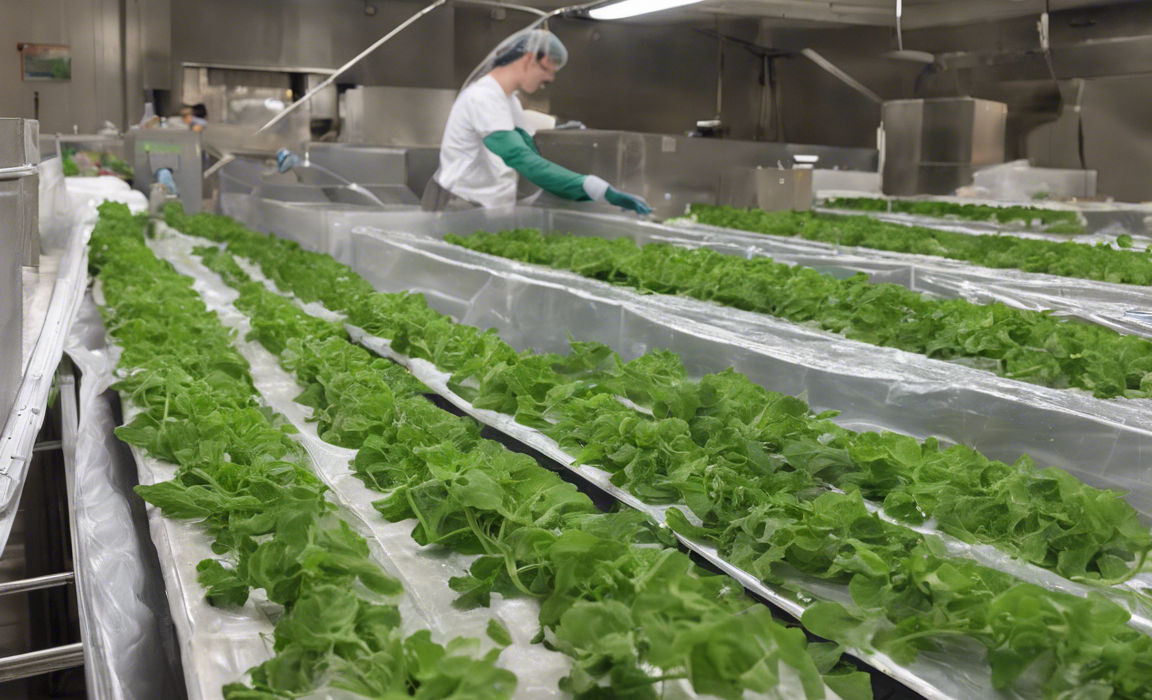Green stem provisioning is a concept that encompasses the sustainable use of natural resources to meet the needs of current and future generations. It involves the careful selection and management of plants, especially those that are abundant and renewable, for various purposes such as food, medicine, construction, and crafts. This practice not only promotes environmental conservation but also strengthens the connection between humans and nature.
Understanding Green Stem Provisioning
Green stem provisioning is rooted in the idea of sustainable harvesting, which involves collecting plant material in a way that allows the species to regenerate and thrive. By focusing on plants with abundant populations and fast growth rates, we can ensure a continuous supply of resources without depleting natural habitats or endangering species.
Benefits of Green Stem Provisioning
- Environmental Sustainability: By harvesting plants responsibly, we can protect ecosystems and preserve biodiversity.
- Cultural Preservation: Many traditional practices and knowledge systems are centered around the sustainable use of plant resources.
- Community Empowerment: Green stem provisioning can create economic opportunities for local communities while fostering a sense of stewardship for the environment.
Sustainable Harvesting Techniques
- Selective Harvesting: Targeting mature plants while leaving younger individuals to continue growing.
- Rotational Harvesting: Alternating collection areas to allow plants to recover between harvests.
- Non-Destructive Harvesting: Using tools and techniques that minimize damage to plants and surrounding vegetation.
Exploring the Diversity of Plant Resources
Green stem provisioning involves a wide range of plant species, each with unique characteristics and uses. From the towering trees of the rainforest to the humble herbs in our backyard, plants provide us with food, medicine, materials, and inspiration.
Food Plants
- Wild Berries: Rich in antioxidants and vitamins, wild berries are a delicious and nutritious addition to our diet.
- Edible Leaves: Many plants have edible leaves that can be used in salads, soups, and stir-fries.
- Root Vegetables: Tubers and roots such as carrots, potatoes, and sweet potatoes are staple foods in many cultures.
Medicinal Plants
- Chamomile: Known for its calming properties, chamomile is often used to promote relaxation and aid digestion.
- Echinacea: This immune-boosting herb is commonly used to prevent and alleviate colds and flu.
- Turmeric: With anti-inflammatory and antioxidant properties, turmeric is a popular ingredient in traditional medicine.
Material Plants
- Bamboo: Renowned for its strength and flexibility, bamboo is used in construction, furniture making, and crafts.
- Cotton: A versatile plant fiber, cotton is used to make clothing, textiles, and paper.
- Timber Trees: Hardwoods such as oak, mahogany, and teak are prized for their durability and beauty.
Preserving Traditional Knowledge and Practices
Green stem provisioning is deeply intertwined with traditional knowledge systems that have been passed down through generations. By preserving and reviving these practices, we can learn from the wisdom of our ancestors and ensure a sustainable future for all.
Traditional Harvesting Rituals
- Offerings to the Land: Many indigenous cultures offer prayers or ceremonies to honor the spirits of the land before harvesting plants.
- Seasonal Harvest Festivals: Communities around the world celebrate the seasons and the bounty of nature through harvest festivals and ceremonies.
- Intergenerational Knowledge Transfer: Elders play a crucial role in passing down traditional knowledge about plant identification, harvesting techniques, and uses.
Sustainable Foraging Tips
- Respect Nature: Take only what you need and leave the rest for wildlife and future generations.
- Learn from Experts: Seek guidance from local botanists, ethnobotanists, and indigenous elders to deepen your understanding of plant resources.
- Practice Gratitude: Express appreciation for the plants that provide for us by giving thanks and treading lightly on the earth.
Frequently Asked Questions (FAQs) about Green Stem Provisioning
- What are some common plant species that can be sustainably harvested for food and medicine?
-
Commonly harvested plants include nettles, dandelions, plantain, elderberries, and ginger.
-
How can I ensure that I am harvesting plant resources responsibly?
-
Research local regulations and guidelines for harvesting plants, avoid overharvesting, and prioritize species that are abundant and fast-growing.
-
Are there any ethical considerations to keep in mind when practicing green stem provisioning?
-
It is essential to respect the land, acknowledge indigenous rights and knowledge, and prioritize sustainability and conservation in all harvesting activities.
-
Can green stem provisioning help combat climate change and promote biodiversity conservation?
-
Yes, by promoting sustainable harvesting practices, green stem provisioning can contribute to climate resilience and protect ecosystems from degradation.
-
How can I incorporate green stem provisioning into my daily life?
-
Start by learning about the plants in your local environment, experimenting with wild foraging and herbal remedies, and supporting ethical sources of plant products.
-
What role does green stem provisioning play in sustainable agriculture and permaculture?
- Green stem provisioning complements sustainable farming practices by promoting the responsible use of plant resources, integrating traditional knowledge, and enhancing biodiversity on agricultural lands.
In conclusion, green stem provisioning offers a holistic approach to engaging with plant resources in a sustainable, respectful, and regenerative manner. By honoring traditional knowledge, practicing responsible harvesting, and fostering a deep connection with nature, we can nurture a more harmonious relationship between humans and the plant world for generations to come.






